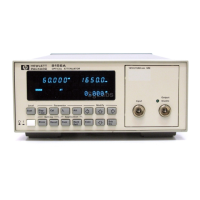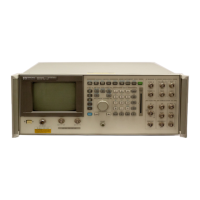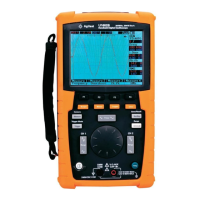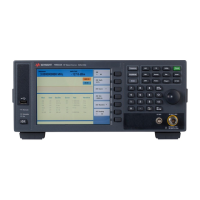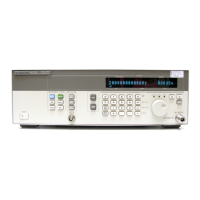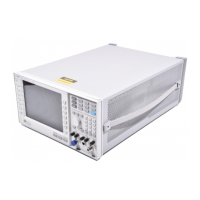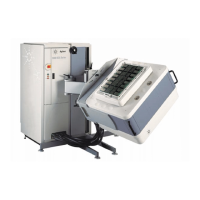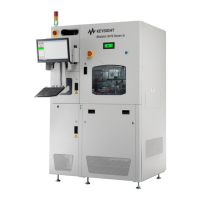Issue 2 - 07/00 A3-5
Appendix 3—Introduction to ISDN
μ-Law encoding
This is the type of encoding used in the United States, Japan
and some other regions of Asia. Sampling consists of 8159
levels, divided into 8 segments.
Line coding techniques
To overcome the technical difficulties raised by sending
digitised information down a telephone cable originally
designed for 50V pulse dialling and 4kHz speech, line coding is
used. There are a number of techniques: each one involves
coding digitised speech into different voltages which can then
be transmitted down the telephone lines.
Basic Rate and Primary Rate ISDN
Equipment on an ISDN network may be connected either
through a Basic Rate interface or a Primary Rate interface.
• Basic Rate (BRI) consists of two B channels and one
D channel, known collectively as 2B+D.
• Primary Rate (PRI) consists of 30 B channels and
one D channel (‘30B+D’) in Europe, and 23 B
channels and one D channel (‘23B+D’) in the US.
The B channels contain user data at rates of up to 64Kbps.
The data is switched by the network to provide an end-to-end
transmission service.
The D channel carries control and signalling data at 16kbps
(Basic Rate) or 64kbps (Primary Rate). It may also be used for
X.25, the Packet Switched Network.
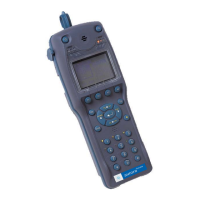
